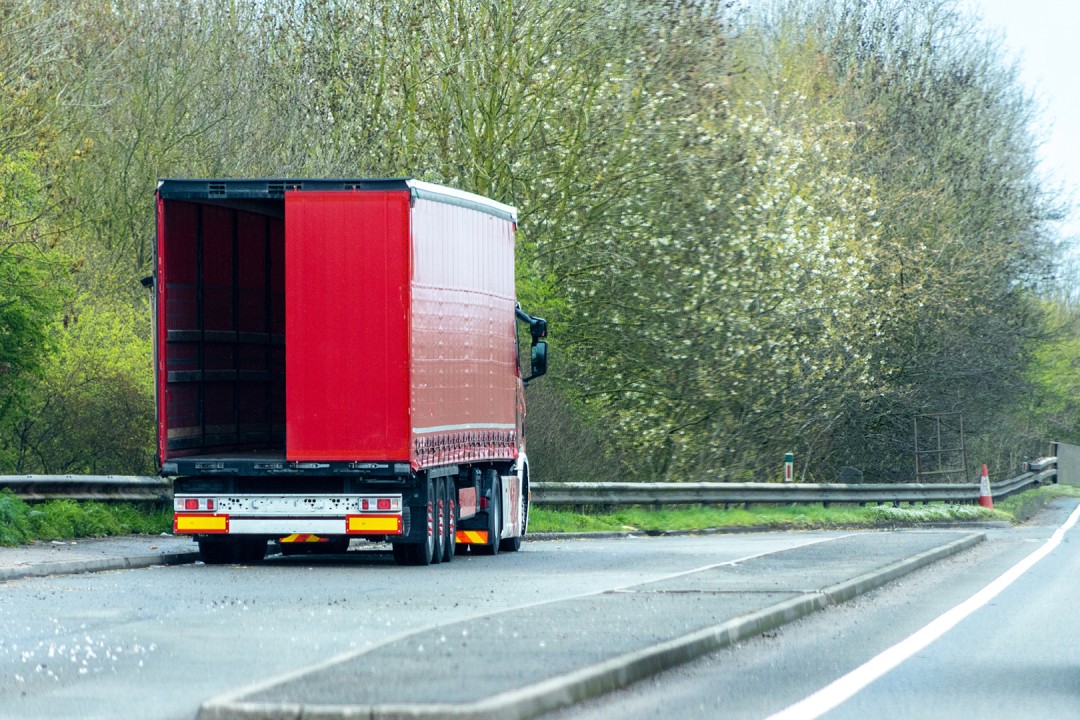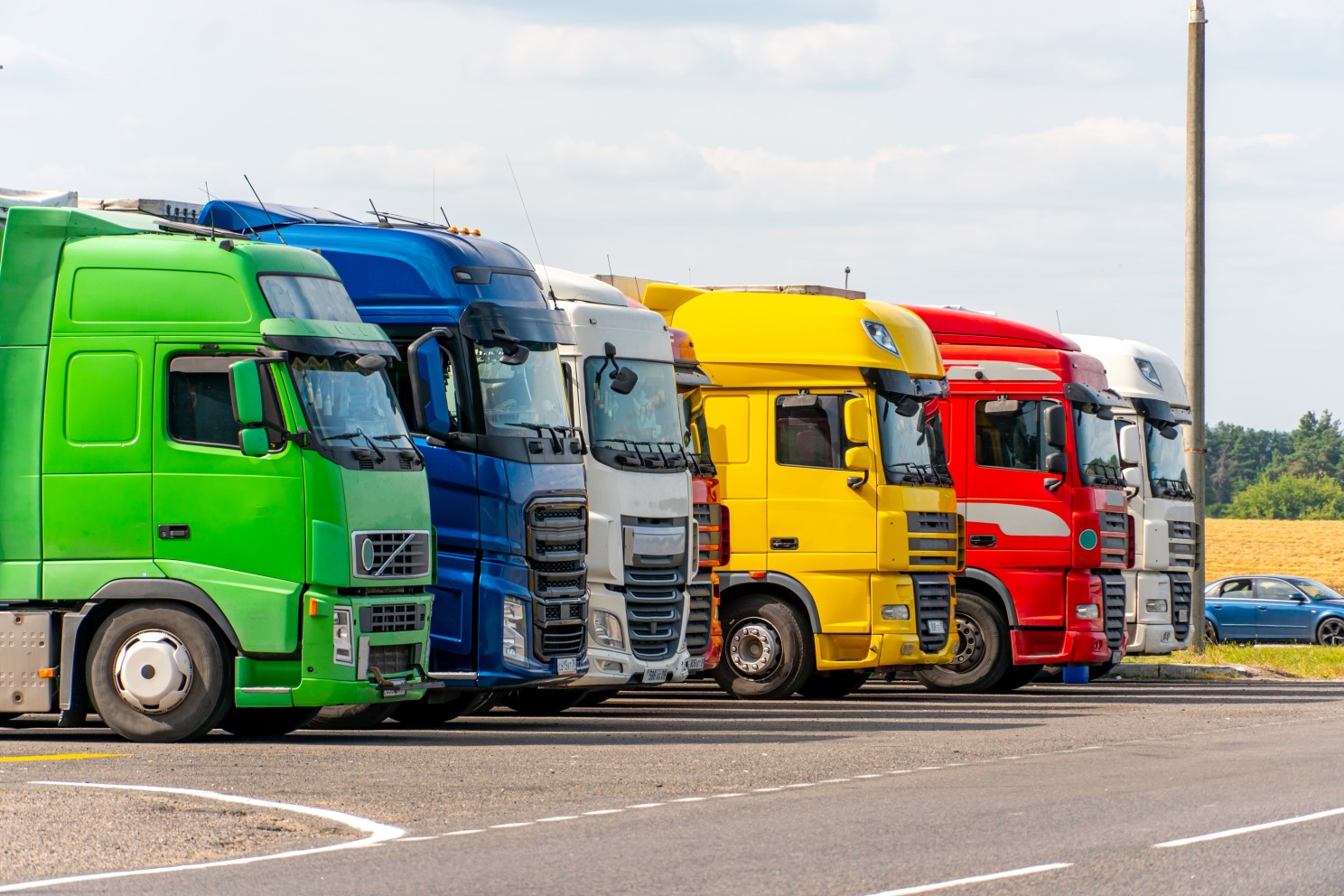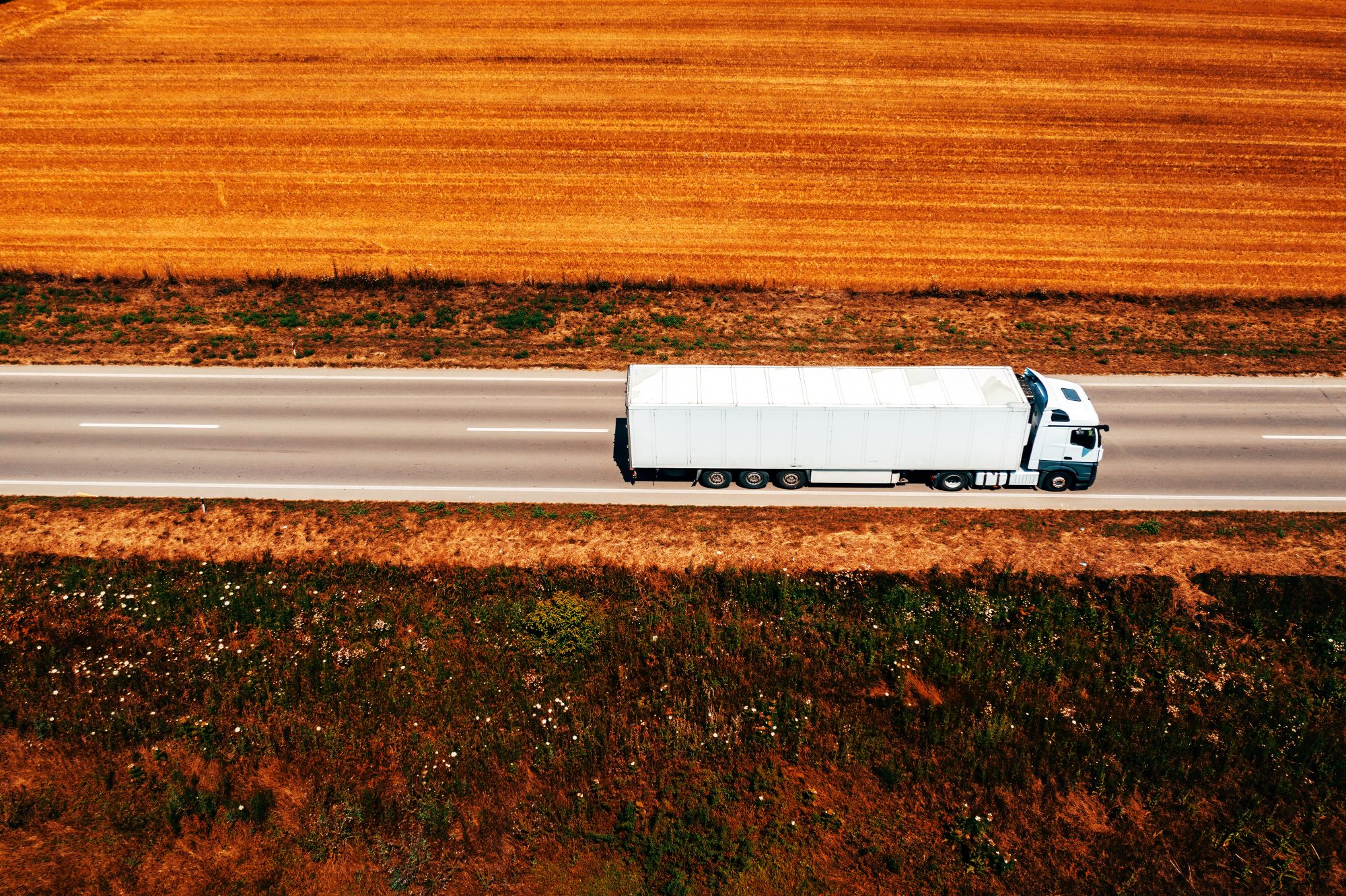
Susie Jones
Чи надають водії перевагу відстійним пунктам, а не станціям технічного обслуговування
Створено: 19.08.2024
•
Оновлено: 19.08.2024
У 2022 році у Великій Британії було зареєстровано понад 5 000 повідомлень про злочини у сфері вантажних перевезень, що призвело до збитків на суму близько 66 мільйонів фунтів стерлінгів. Зростання злочинності у сфері вантажних перевезень становить критичну загрозу для ланцюгів поставок, бізнесу та споживачів, що викликає значне занепокоєння у тих, хто працює в галузі вантажоперевезень.
Згідно зі звітом, опублікованим поліцією Кембриджширу, 46% усіх крадіжок вантажів відбуваються на вулицях і стоянках, а 27% - на станціях технічного обслуговування. Незважаючи на це, соціальне слухання показує, що багато водіїв продовжують паркуватися на майданчиках з різних причин.
Проблеми з паркуванням на узбіччі
Для водіїв паркування на ніч на узбіччі часто є найпростішим та найекономічнішим варіантом. Однак це має кілька недоліків, які можуть негативно вплинути на психічне здоров'я та безпеку водія.
Зручності - водії потребують більше зручностей, таких як туалети, душові та їжа. Відсутність чистих приміщень може збільшити дискомфорт і негативно вплинути на сон, концентрацію та психічне здоров'я.
Безпека водія - паркування на узбіччі створює додатковий ризик для безпеки водія. Дослідження, проведене [AA] (https://www.transport-network.co.uk/Highways-AA-warns-of-danger-lurking-in-lay-bys/7695#:~:text=The%20Too%20close%20for%20comfort,the%20vehicles%20that%20are%20hit.), показало, що дві третини смертельних аварій за участю нерухомих транспортних засобів на дорозі з подвійною проїзною частиною сталися під час паркування на узбіччі - більше половини збитих транспортних засобів були великовантажними автомобілями.
Крадіжки вантажу - у червні-липні 2023 року кількість крадіжок вантажу в галузі зросла на 380%, що підкреслює потребу в безпечному та надійному паркуванні. З огляду на те, що злодії націлені на стоянки, водії ризикують втратити свій вантаж, а автопарки ризикують втратити мільйони фунтів стерлінгів.
Чому водії паркуються на відстійниках
Незважаючи на ризики, соціальне опитування, проведене через Facebook, показало, що 70% водіїв менш схильні обирати стоянку для вантажівок, ніж стоянку на узбіччі, з кількох причин:
Безпека.
Відгуки з соціальних мереж свідчать про те, що 43% водіїв вантажівок вирішили не паркуватися на стоянках для вантажівок або станціях техобслуговування через відсутність заходів безпеки.
"Я паркуюся тільки на відстійниках або в промислових зонах. Коли я паркуюся на зупинках, мені обрізають шторки", - каже водій вантажівки Люк.
Безпека та захищеність стоянок для вантажівок по всій Великій Британії була гарячою темою для обговорення в галузі автоперевезень - водії просили більшої підтримки від уряду для забезпечення додаткових засобів безпеки. Згідно з попередніми відгуками, водії хотіли б, щоб збір з вантажівок був інвестований у більш безпечні, санітарні та доступні парковки.
У соціальних мережах 59% водіїв вантажівок заявили, що у Великій Британії бракує достатньої кількості безпечних та захищених стоянок для вантажівок порівняно з Європою. Ця думка підтверджується відгуками від [SNAP's Truck Park Tour] (https://snapacc.com/truckpark-tour-2023/), де 31% європейських водіїв заявили, що отримали найбільшу вигоду від доступу до ексклюзивних, безпечних майданчиків SNAP. Організація безпеки TAPA широко визнана в Європі - багато об'єктів мають сертифікати рівня 1, 2 або 3.
На противагу цьому, у Великій Британії лише два об'єкти мають сертифікат TAPA, причому ці об'єкти акредитовані уповноваженими аудиторами SNAP PSR рівня 3, які пройшли підготовку за програмою SNAP PSR. Formula Services і The Red Lion мають сертифікат рівня 3, причому в The Red Lion було зареєстровано одне правопорушення, а в Formula Services - жодного, незважаючи на те, що він розташований у районі з високим рівнем злочинності.
Маркус Прінц, старший менеджер зі стандартів, навчання та сертифікації TAPA, пояснює: "Ми повністю підтримуємо всі заходи щодо забезпечення ефективної та безпечної паркувальної інфраструктури для вантажівок та підвищення безпеки водіїв, транспортних засобів та вантажів. Забезпечуючи відкриту еко-систему для технічної та економічної оптимізації безпечного паркування вантажівок, ми віримо, що перехід до безпечного паркування вантажівок можна прискорити".
Небажання компанії
30% водіїв заявили, що їхні автотранспортні компанії не бажають платити за зупинки вантажівок або станції технічного обслуговування. Один водій пояснив це так:
"На жаль, все менше компаній платять за нічне паркування, об'єкти ледве тримаються на плаву, скорочуючи персонал, щоб оплачувати рахунки, і все менше паркомісць з'являється на ринку".
Вантажівка зупиняється на максимальній місткості
"Ви можете визначити, на яких зупинках є охорона, оскільки вони заповнені до 18:00".
70% водіїв висловили своє розчарування з приводу того, що безпечні стоянки для вантажівок переповнені, що не залишає їм іншого вибору, окрім як паркуватися на узбіччі. Відгуки учасників "Truck Park Tour" були схожими - багато хто висловлював занепокоєння тим, що британські стоянки переповнені ще до їхнього прибуття.
Дані дослідження TfL 2022 року щодо паркування вантажних автомобілів свідчать, що, незважаючи на 12% зростання пропускної здатності парковок у 2017-2022 роках, цього недостатньо для підтримки 21% зростання кількості транспортних засобів за той самий період.

Зменшення нічного паркування на проїжджих частинах
Державне фінансування
18% водіїв хотіли б бачити більше фінансування від уряду на підтримку засобів безпеки. У вересні 2023 року Міністерство транспорту виділило [8 мільйонів фунтів стерлінгів на 39 придорожніх об'єктів] (https://www.gov.uk/government/news/better-facilities-for-lorry-drivers-as-winners-of-8-million-funding-revealed) по всій Англії для покращення умов та безпеки. Команда SNAP з питань доступу та безпеки починає підтримувати компанії, які отримали фінансування, впроваджуючи свої покращення. Подальше фінансування до 100 мільйонів фунтів стерлінгів доступне до 2025 року за урядовою схемою співфінансування.
Системи безпеки
Щоб забезпечити безпечну та захищену територію для водіїв вантажівок, стоянки вантажівок можуть інвестувати в надійні системи безпеки - такі продукти, як відеоспостереження, ANPR, домофони, шлагбауми та кіоски посилюють безпеку на майданчику та стримують злочинну діяльність. [SNAP Access & Security] (https://snapaccessandsecurity.com/) поєднує в собі спеціалізовані продукти безпеки та ринковий досвід для захисту людей, транспортних засобів та майна на стоянках для вантажівок.
Чи можуть водії вантажівок спати на узбіччі дороги у Великобританії?
З 1 листопада 2017 року DVSA запровадила нові правила та положення щодо відпочинку водіїв у таких місцях, як житлові райони та відстійники. Водії можуть бути оштрафовані на суму до 300 фунтів стерлінгів, якщо вони проведуть свою перерву на стоянці або на узбіччі дороги.
Як водії вантажівок не засинають за кермом?
Водії вантажівок повинні стежити за тахографом порушення правил задля власної безпеки та безпеки всіх інших учасників дорожнього руху. Мета тахографа - запобігти втомі водія та забезпечити дотримання правил водіями та роботодавцями.
Незважаючи на це, [запобігання нудьзі та втомі в дорозі] (https://www.linkedin.com/pulse/you-bored-road-snap-account%3FtrackingId=aJQJX0v5Sj%252BTVlKI%252FgRkbA%253D%253D/?trackingId=aJQJX0v5Sj%2BTVlKI%2FgRkbA%3D%3D) є складним завданням для багатьох водіїв і може вплинути на їхнє самопочуття. Більшість водіїв надають перевагу прослуховуванню музики та подкастів у дорозі, а також спілкуванню з іншими водіями на зупинках та станціях технічного обслуговування.
Чи дозволено водіям вантажівок мати пасажирів у Великій Британії?
Середньостатистичний водій вантажівки проводить за кермом приблизно 12 годин на день. Щоб боротися з самотністю та нудьгою, водії можуть перевозити пасажирів, якщо вони дотримуються певних правил, визначених FMSCA. Водії повинні отримати письмовий дозвіл від своєї компанії, подавши заяву на перевезення пасажирів - у цій заяві має бути вказана тривалість поїздки та дати.
Загальні вимоги такі: - Пасажири не повинні бути вагітними
Вони не повинні страждати від важких або хронічних захворювань
Вони повинні бути не молодше десяти років
Медичне страхування є обов'язковим.



